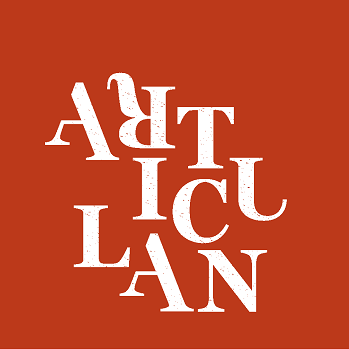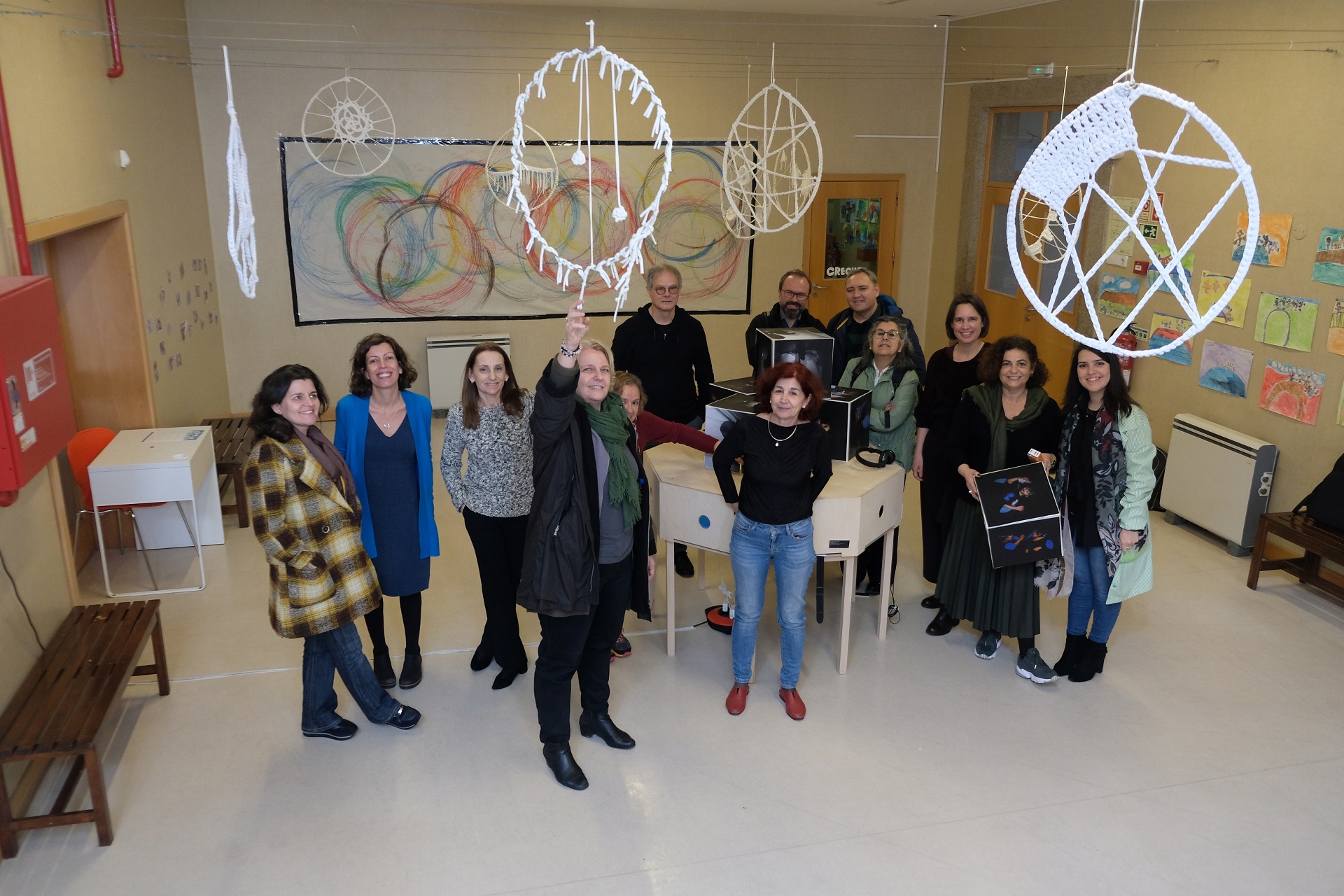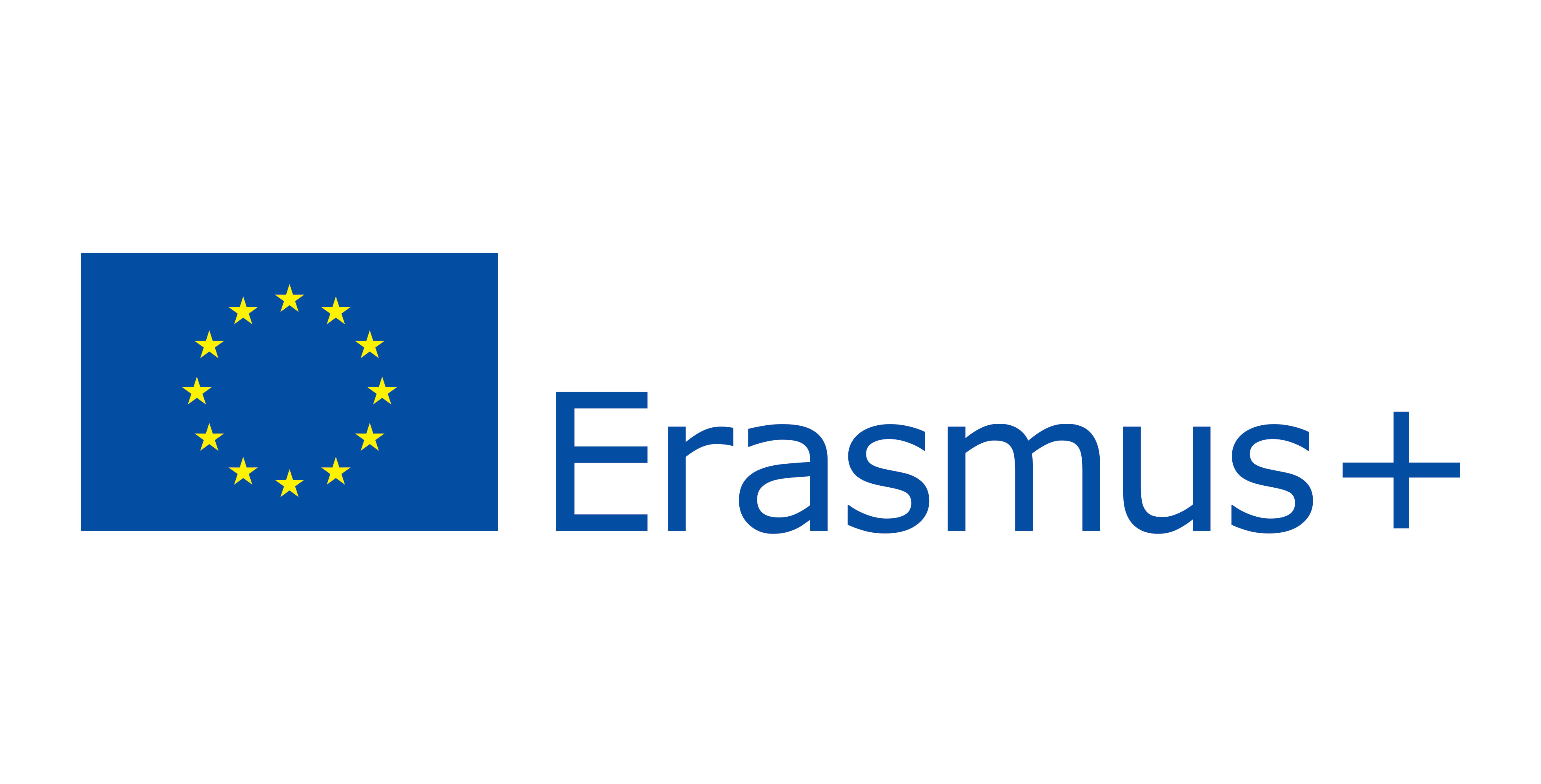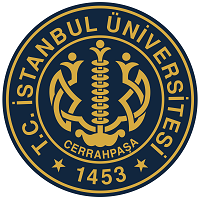ArtiCULan – Art, Time, Culture and Language
ArtiCULan set up a framework for artistic projects to offer children in CLIL and refugee classes the opportunity to create art. The main innovation of our approach is the integration of several artistic domains in one workshop. As we focused on arts education, cultural identity and qualitative interactions in our multilingual classrooms, learning outcomes will be important both for wellbeing and for the key competences. The project is based on interdisciplinary collaboration.
OUTCOME
The project fostered various innovative practices thanks to cross-fertilization of the participating organizations – PXL University of Applied Sciences and Arts Hasselt (Belgium), Porto University (Portugal), University of Las Palmas de Gran Canaria (Spain) and Istanbul Cerraphaşa University (Turkey) – all four very complementary in expertise.
Each partner analyzed the merits of education through the arts combining different domains of arts education and focusing on divergent processes & appropiate challenges for children in multilingual classrooms. Responsive teaching was crucial for qualitative interactions and collaboration in small teams. To create a warm emotional climate and safe environment where children are given time and space to explore, experiment, support each other and connect in small groups. We also evaluated to what extent local evidence-based practices can be transferred to other European contexts. Focus on social cohesion, inclusion and multicultural understanding stimulated positive perceptions, fostered the ability to value different opinions and created strong drivers for active involvement, personal growth and shared identity.
First of all we learned that multisensorial activities and modelling in teamteaching helps children to understand the goal of the workshop and the importance of different interpretations to feed the creative process. Focus on interdisciplinarity helps teachers to explain an activity for a creative process in a multilingual classroom. Combining different domains of arts education gives children the impulses they need to explore, to experiment and to experience a creative flow. It also helps children to interact in a meaningful way, because they give meaning to their creation in group, when they exchange ideas for a common goal. A warm emotional climate and focus on bonding help children to cross the speech barrier. We also learned that asking open questions out of curiosity helps children and adults to broaden their view and respect ideas, values and beliefs that are less familiar to them. We learned that teachers need to believe in the potential and the talents of each child and give impulses on personal growth. Teachers also need to model how children could listen with empathy, validate ideas and act with respect. Participants in our multiplier events and train-the-trainer sessions confirmed that this approach strengthens the open attitude of the children as they participate in a joint approach in a multimodal creative process. This helps children to explore new horizons.
eResources
When you click on ‘Products’, you can download the artistic framework, the common assessment tool and the activity sheets of the workshops education through the arts. All products are freely available in English, Dutch, Portuguese, Spanish and Turkish.
When you click on ‘Good practices’, you can view the videos of our workshops. You also have access to our publications and multiplier events.
Thank you for visiting our website! Enjoy the workshops education through the arts in your classroom!






